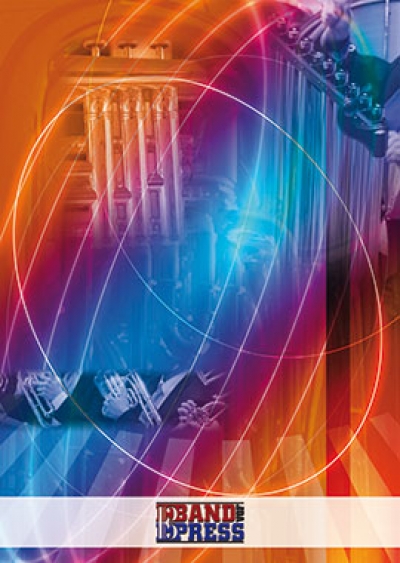We've found 436 matches for your search. Order by
Results
-
 £114.00
£114.00From source to sea - DerongA(c) Roger
Estimated dispatch 7-14 working days
-
 £72.00
£72.00Frottin' Blues - DerongA(c) Roger
Estimated dispatch 7-14 working days
-
 £72.00
£72.00Gloria Sancta Cecilia - DerongA(c) Roger
Estimated dispatch 7-14 working days
-
 £64.00
£64.00Hymn to the sun - DerongA(c) Roger
Estimated dispatch 7-14 working days
-
 £93.00
£93.00In Flanders Fields - DerongA(c) Roger
Estimated dispatch 7-14 working days
-
 £57.00
£57.00Just a little song - DerongA(c) Roger
Estimated dispatch 7-14 working days
-
 £93.00
£93.00Latin Suite - DerongA(c) Roger
Estimated dispatch 7-14 working days
-
 £72.00
£72.00Lionheart - DerongA(c) Roger
Estimated dispatch 7-14 working days
-
 £114.00
£114.00Milford Sound - DerongA(c) Roger
Estimated dispatch 7-14 working days
-
 £136.00
£136.00Musica Flandria - DerongA(c) Roger
Estimated dispatch 7-14 working days
